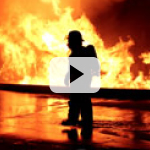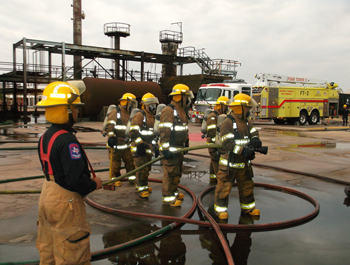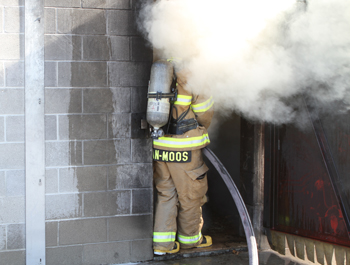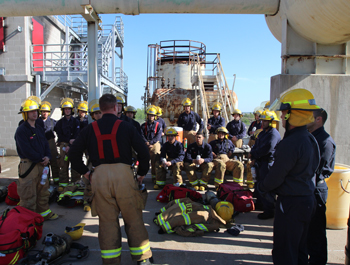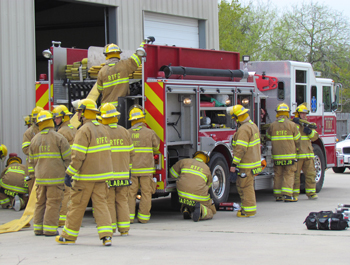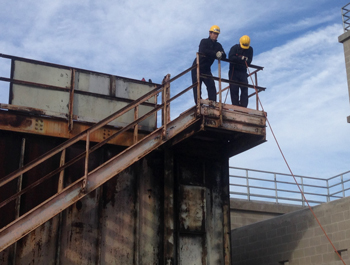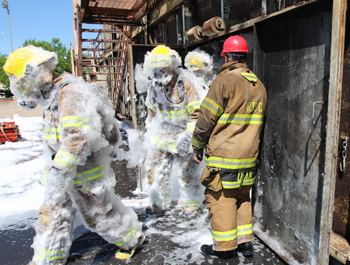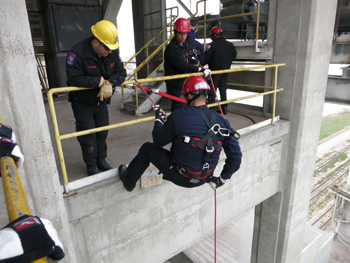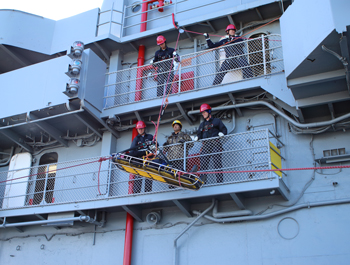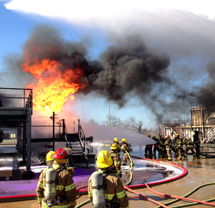Training Facility - Change this value to a strong SEO phrase
RTFC Training Academy
Located on approximately nine acres of land, the RTFC Training Academy is where seasoned RTFC instructors shape the heroes of tomorrow. Only those with the fortitude to handle the pressures of industrial firefighting and emergency response make it through the academy.
All of the acreage is put to good use with our on-site features, structures, and training props that produce live fire, hazardous material, and rescue training opportunities. Training is a serious matter, so the equipment on hand is meant to give trainees a rigorous and real experience.
Training Simulators

